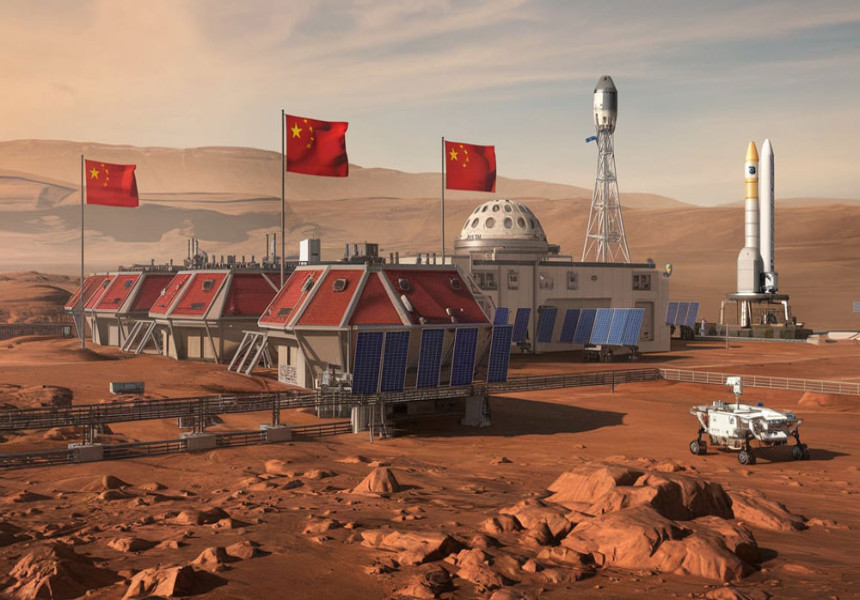China Advances Interplanetary Ambitions: A Robotic Mars Base by 2038 and Beyond
China has unveiled an ambitious update to its interplanetary exploration strategy, focusing on establishing a robotic research base on Mars by 2038 as part of a broader roadmap to explore the Solar System through 2050. This initiative, managed by the China National Space Administration (CNSA), aims to transform Mars from a scientific target into a sustainable operational environment for future human missions.
Robotic Mars Base (2038)
The planned Mars Research Station will be an uncrewed, permanent facility designed for advanced scientific experiments and testing of technologies critical for long-term survival. Key features include:
- In-Situ Resource Utilization (ISRU): Developing systems to produce water, oxygen, and propellant locally, reducing reliance on Earth-supplied resources.
- Remote Operations: Autonomous navigation systems using X-ray pulsars and stellar parallax to maintain trajectory control at extreme distances (e.g., 30 astronomical units from Earth).
- Preparation for Crewed Missions: While initially robotic, the base’s infrastructure will lay the groundwork for future human habitation, mirroring strategies used in China’s lunar International Lunar Research Station (ILRS).
Roadmap to 2050
China’s interplanetary missions will proceed in phases, with milestones including:
- 2028: Tianwen-3, a Mars sample return mission, with a lander and orbiter to retrieve Martian soil.
- 2029: Tianwen-4, a journey to Jupiter’s moon Callisto to study its potential subsurface ocean.
- 2033: A mission to Venus to collect and return atmospheric samples.
- 2038: Construction of the Mars Robotic Base for ISRU and scientific research.
- 2039: A mission to explore Neptune’s moon Triton.
- 2046: Tianwen-4’s arrival in the Uranus system, concluding exploration of the outer Solar System.
Technological Innovations
- Heavy-Lift Rockets: The Long March 9, set for its maiden launch in 2030, will enable heavy payload deliveries to Mars and beyond.
- Nuclear Propulsion: Research into nuclear-powered systems aims to reduce Mars round-trip travel time to “hundreds of days”.
- Autonomous Navigation: Critical for missions to distant planets like Neptune, ensuring precise control without Earth-based guidance.
Broader Context
China’s strategy aligns with its National Medium– and Long-Term Development Plan for Space Science (2024–2050), which outlines three stages:
- 2024–2027: Expand the Tiangong space station, launch crewed lunar missions, and initiate Chang’e-7/8 lunar probes.
- 2028–2035: Establish the ILRS and deploy 15 scientific satellite missions.
- 2036–2050: Achieve global leadership in space science with over 30 missions, addressing challenges like dark matter and astrobiology.
While crewed Mars missions were previously proposed for 2033, the 2038 robotic base represents a pragmatic step toward sustainable exploration. This phased approach balances technological development with scientific ambition, positioning China as a key player in humanity’s interplanetary future.









